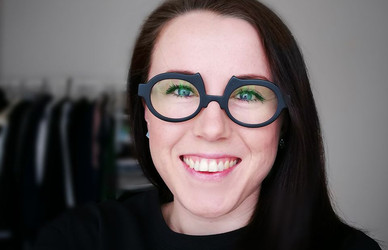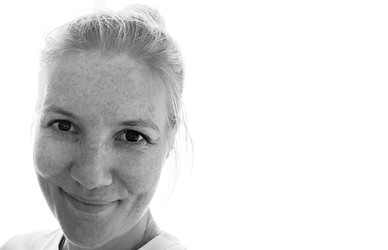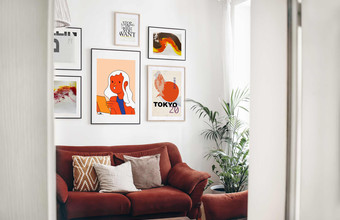Circular design and innovative technology will turn textile waste into new raw materials
Worn, torn or new clothes, which are discarded, will be turned into new raw materials and become part of a sustainable loop.
A small revolution is set to happen in regards to design and textile recycling over the next three years. The leading research and technology company Danish Technological Institute has gathered a number of significant players within fashion and textiles represented by BESTSELLER, Elis, Design School Kolding, raw material production represented by A/S Dansk Shell, and consumer behaviour represented by Naboskab, as well as recycling technology experts represented by Aarhus University, Fraunhofer and Danish Technological Institute. The objective is a more sustainable textile industry and recycling of all textile waste in Denmark.
The project is called ReSuit (Recycling Technologies and Sustainable Textile Product Design): a Grand Solutions Project supported by Innovation Fund Denmark with DKK 13 million.
- Every year, 100 billion textile units are produced worldwide, and they are to a great extent treated as disposable cutlery. Materials worth 400 billion euros are lost as we lack infrastructure and solid recycling technologies on a very large scale. In this project, we are looking to get all textile waste in Denmark into a loop where it can become new textiles or raw materials for other products. If it succeeds, it can become a gamechanger, says Anders Lindhardt (PhD) from Danish Technological Institute, which is in charge of the project.
The consortium will address the textile problem from two angles: How can the textile industry get better at designing sustainably? And which technologies can ensure circularity for consumer textile waste?
- In order to create a sustainable transition, we need to understand and support design for sustainable production and use. To us ReSuit represents a fantastic framework for working across the value chain and across research institutions and companies, says Karen Marie Hasling, Associate Professor and responsible for the project at Design School Kolding.
Regarding design, the focus is on sustainable design of textile products – that is textiles that are designed with recycling in mind. As far as possible, the work must result in the phasing out of substances that are not suitable for future recycling technologies and in design guides for sustainable textile products.
- Circularity is not a stock commodity. We need disruptive innovation to create the circular solutions we strive for at BESTSELLER. It is an enormously complex field, which is why we are working on multiple elements simultaneously to be able to secure the sustainable fashion production of the future. With ReSuit, we are part of an ambitious and multifaceted collaboration. Here, BESTSELLER’s circular design principles come into a meaningful context and if the project manages to develop proper technologies from various knowledge areas, we will see a unified solution with far-reaching potential – not just in Denmark and not just for BESTSELLER – which is exactly what we are aiming for, says Camilla Skjønning Jørgensen, Sustainable Materials & Innovation Manager, BESTSELLER.
Motivate consumers to act sustainably
At the same time, the company Naboskab, which specialises in understanding and changing consumer behaviour, must map out how consumers can be motivated to act sustainably.
When it comes to textile waste, the project focuses on the 85,000 tonnes of clothes and textiles that enter the Danish market every year. In the end, more than half of these materials are incinerated as waste. From 2022, Denmark will start sorting clothes separately - and from 2025 the rest of the European Union will follow.
- Polyester accounts for half of all clothes fibres in the world. Therefore, we will further develop technology based on chemical purification to recycle the polyester materials so that they can return to the textile industry, says Anders Lindhardt.
The remainder of the textile products must be degraded using so-called HTL technology (hydrothermal liquefaction). The process makes it possible – under the influence of water, heat and pressure – to convert the complex textile stream into oil products that can be used for the production of e.g. plastic, fuel or synthetic textile fibres. HTL is a well-known and robust technology, but it is ground-breaking to apply it to textiles.
In the project, the HTL technology will be further developed and scaled up in collaboration with A/S Dansk Shell, which has successfully tested the possibility of refining bio-oil products and sees opportunities for recycling of other oil products.
Contacts at Danish Technological Institute
Anders Lindhardt, Project Manager
Cell: 72201143, Email: andl@teknologisk.dk
René Wad Andersen, Communications Officer
Cell: 72201474, Email: rea@teknologisk.dk





